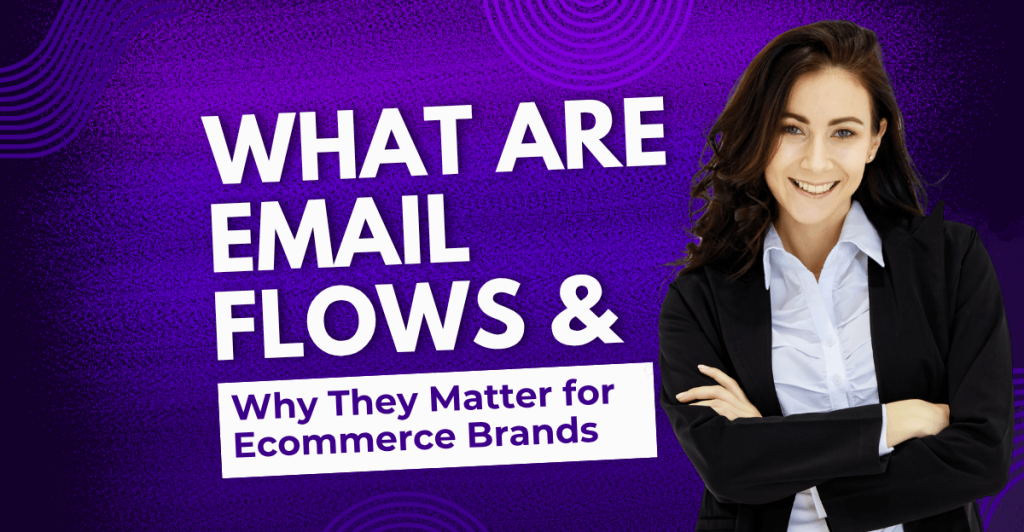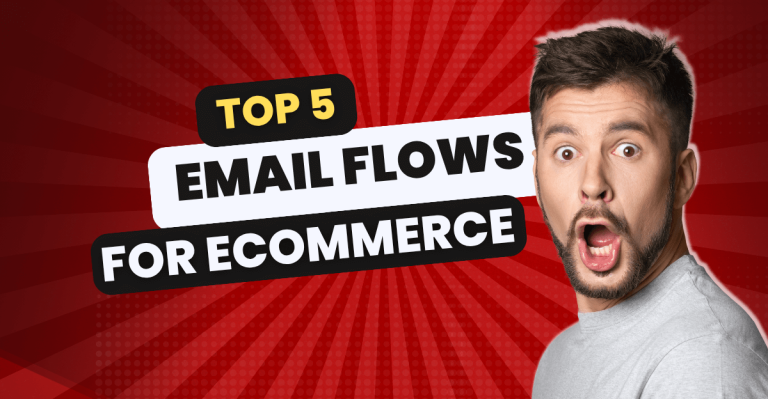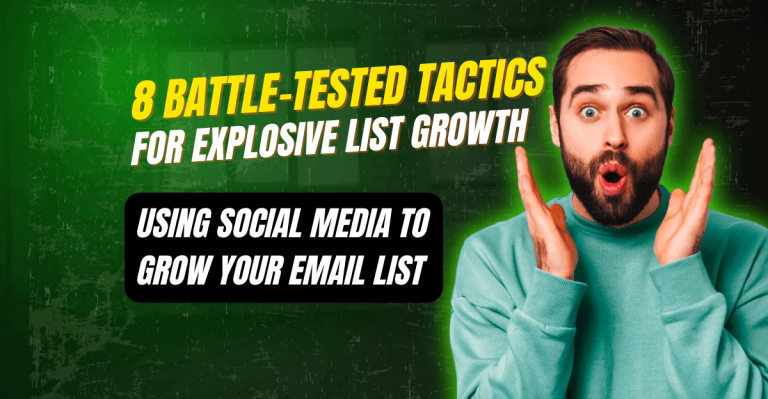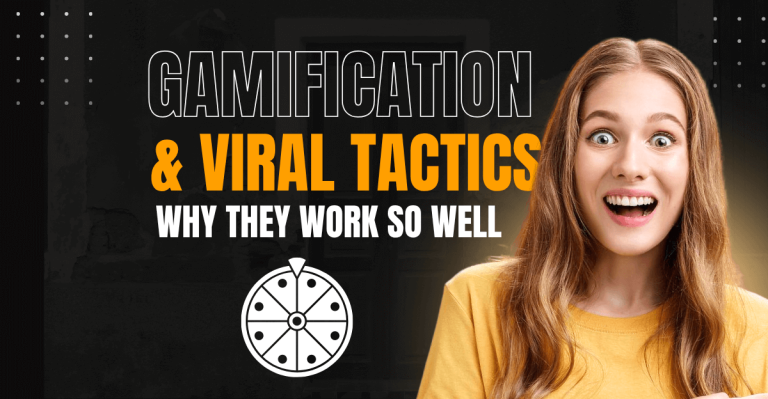What Is an Email Flow?
An email flow is a series of automated emails that are sent based on a user’s behavior, preferences, or lifecycle stage. Unlike manual campaigns, flows are designed to run in the background and trigger when certain conditions are met.
Email Flows vs. Email Campaigns
| Email Flows | Email Campaigns |
|---|---|
| Automated sequences | One-time sends |
| Triggered by user behavior | Sent to a list or segment manually |
| Always-on, scalable | Time-bound or event-specific |
Email Marketing Tip:
If you’re new to email marketing, start by automating your most common touchpoints (welcome, cart abandonment) and use campaigns for seasonal or promotional bursts.
How Email Flows Work in Ecommerce
Triggers → Actions → Conditions → Automation = SALES
For ecommerce, email flows are activated by specific customer actions:
- Subscribing to your email list.
- Browsing a product page.
- Adding to cart but not checking out.
- Completing a purchase.
- Becoming inactive for X days.
Email Marketing Tip:
Use a platform like Klaviyo or Omnisend that allows you to create visual flow builders where you can drag-and-drop triggers and conditions easily.
Why Email Flows Are Non-Negotiable for Ecommerce Growth
Automation = Scale Without More Work
- Convert leads into first-time customers.
- Recover lost sales automatically (abandoned carts).
- Upsell and cross-sell to increase AOV.
- Re-engage customers who’ve gone cold.
Personalization = Relevance = More Revenue
- Tailor content based on behavior (e.g., viewed category X).
- Personalize product recommendations.
- Dynamically insert user data (first name, purchase history).
Email Marketing Tip:
Always segment your flows with “if/then” conditions. Example: “If the customer is a VIP → show VIP-only offers; else → show standard offers.”
Top 7 Email Flows Every Ecommerce Brand Must Set Up
1. Welcome Flow (Your First Impression Matters)

Goal: Convert new subscribers into first-time buyers.
- Email 1 (Immediately): Welcome message + lead magnet delivery or discount.
- Email 2 (1 day later): Showcase bestsellers or product categories.
- Email 3 (3 days later): Share customer reviews and social proof.
- Email 4 (5 days later): Reminder about their discount or offer expiration.
Email Marketing Tip:
A/B test different incentives: discounts vs. freebies vs. early access to see what your audience values most.
2. Abandoned Cart Flow (Recover Revenue on Autopilot)
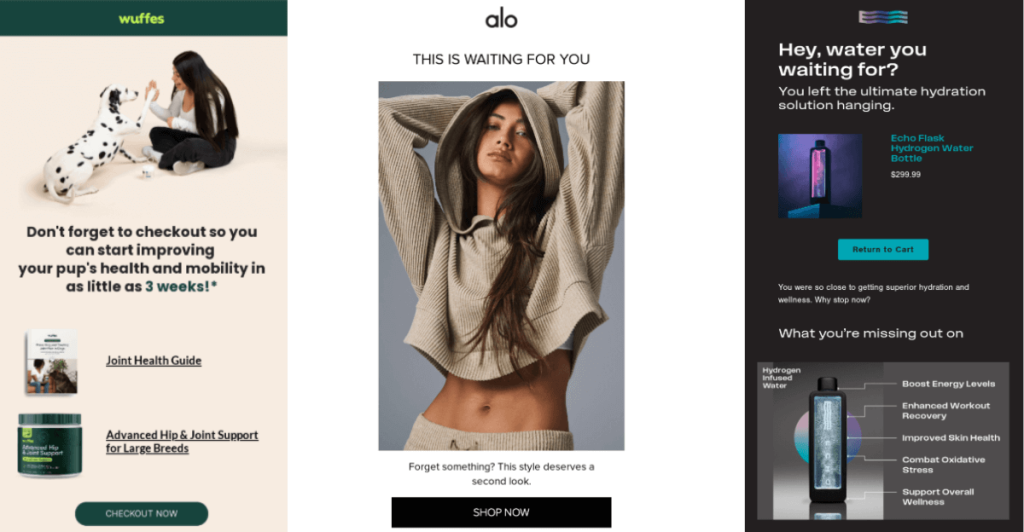
Goal: Remind and motivate shoppers to complete their purchase.
- Email 1 (1 hour after cart abandonment): Gentle reminder.
- Email 2 (12 hours later): Add urgency (“Items are selling fast”).
- Email 3 (24 hours later): Sweeten the deal with a small discount or bonus.
- Email 4 (Optional): Showcase reviews of the product they abandoned.
Email Marketing Tip:
Use dynamic images of the exact cart contents to increase click-through and completion rates.
3. Post-Purchase Flow (Boost LTV Early)
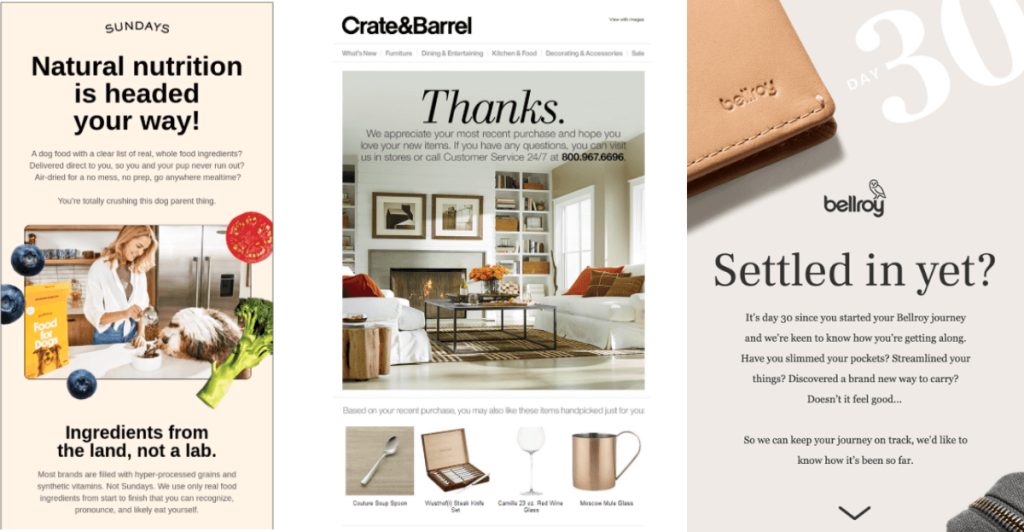
Goal: Build trust and drive repeat purchases.
- Email 1 (Immediately after purchase): Thank you + order confirmation.
- Email 2 (3 days later): Product care tips or how-to guides.
- Email 3 (7 days later): Cross-sell complementary products.
- Email 4 (14 days later): Ask for a product review or referral.
Email Marketing Tip:
Include a loyalty program signup link in this flow to nurture long-term retention.
4. Winback Flow (Reignite Lapsed Customers)
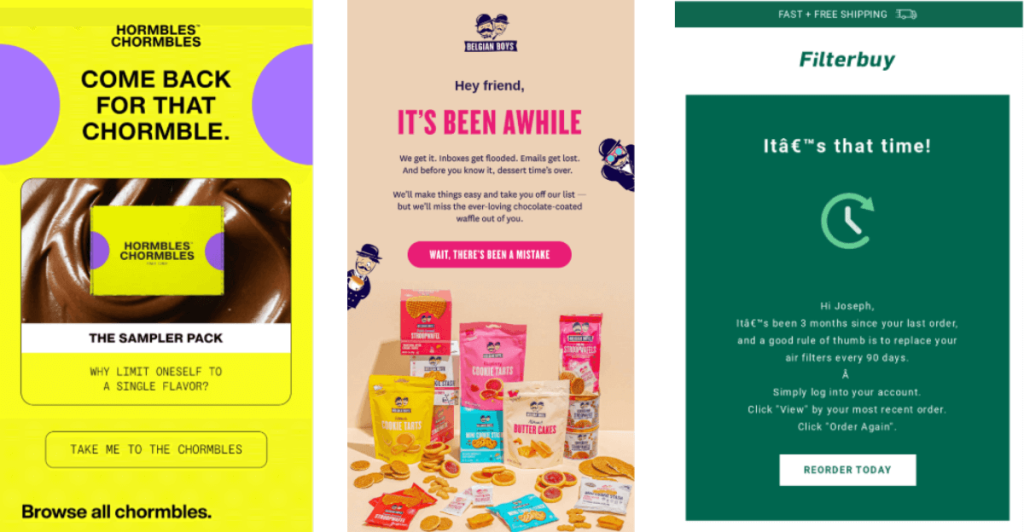
Goal: Re-engage customers who haven’t purchased in 60–90 days.
- Email 1: “We miss you” message with a personalized offer.
- Email 2: Highlight new arrivals or collections.
- Email 3: Final incentive (exclusive VIP offer or free shipping).
Email Marketing Tip:
Segment inactive customers by last purchase category to show them relevant, enticing products.
5. Browse Abandonment Flow (Silent Shopper Re-Engagement)
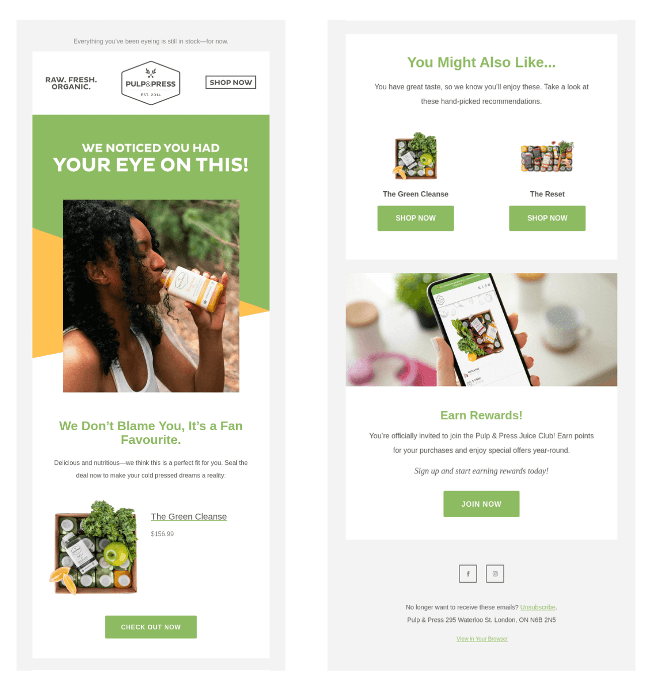
Goal: Nudge window shoppers to return and convert.
- Email 1 (2 hours after browsing): “Still thinking about this?” with product image.
- Email 2 (24 hours later): Showcase similar or best-selling alternatives.
- Email 3 (Optional): Incentive email for high-ticket items.
Email Marketing Tip:
Use AI-powered dynamic product blocks that auto-populate based on browsing behavior.
6. Birthday Flow (Delight Customers on Their Special Day)
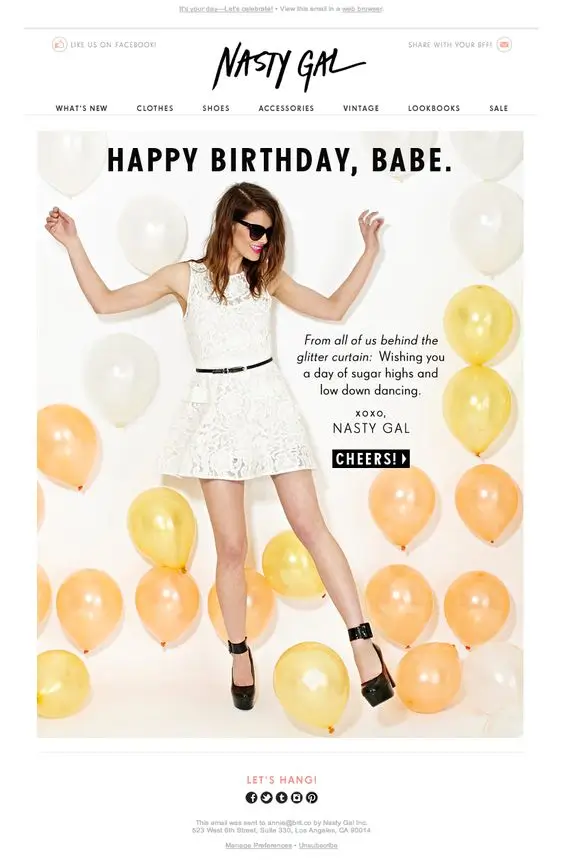
Goal: Strengthen customer relationships with personalized gestures.
- Email 1 (Birthday Day): Special discount or free gift message.
- Email 2 (3 days later): Reminder of their birthday offer expiry.
Email Marketing Tip:
Use animated GIFs or celebratory visuals to stand out in their inbox.
7. Product Review Request Flow (Social Proof Machine)
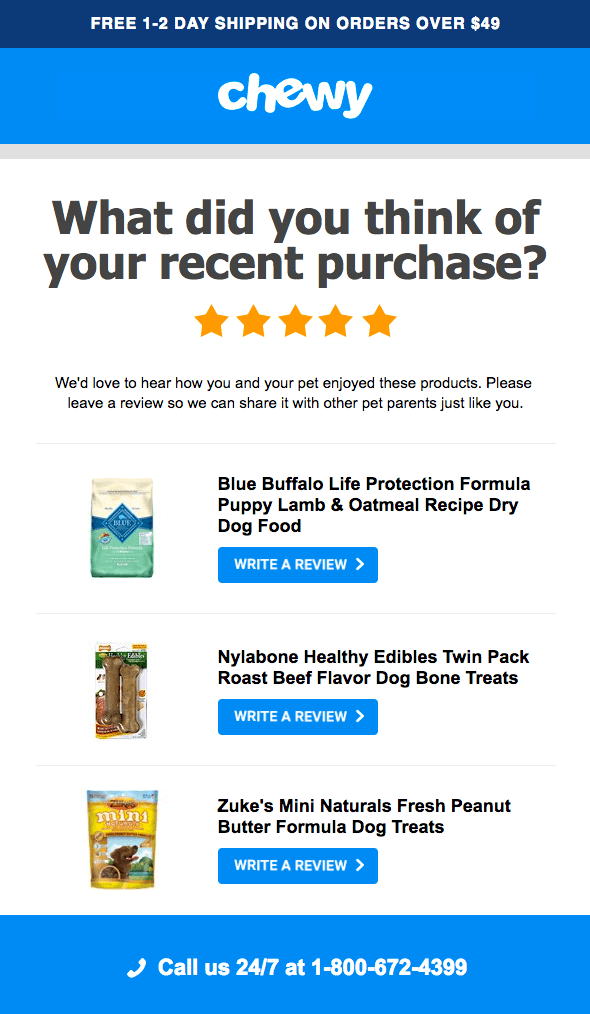
Goal: Collect valuable user-generated content.
- Email 1 (3 days post-delivery): “How are you liking your purchase?” with review link.
- Email 2 (7 days later): Offer an incentive (discount, freebie) for a photo or video review.
- Email 3 (Optional): Showcase how their feedback helps improve your brand.
Email Marketing Tip:
Automate integration with review platforms like Yotpo or Loox for seamless collection.
How Email Flows Impact Revenue, Retention, and CX
| Flow Type | Avg Revenue Contribution |
|---|---|
| Welcome Flow | 15–25% |
| Abandoned Cart Flow | 20–30% |
| Post-Purchase Flow | 10–15% |
| Winback Flow | 5–10% |
Retention Boost
- Regular but non-intrusive touchpoints.
- Keeps your brand top-of-mind.
- Reinforces value with content, not just promos.
Customer Experience Gains
- Timely communication = better support.
- Educates customers post-purchase (reducing returns).
- Personalized follow-ups improve loyalty.
Real-World Flow Templates (Copy-Paste Ready)
Welcome Flow
- Subject Line 1: “Welcome to [Brand]! Here’s 10% Off 🎉”
- Subject Line 2: “Meet Your New Favorites (Handpicked for You)”
- Subject Line 3: “See Why [X,000] Customers Love Us ❤️”
Abandoned Cart Flow
- Subject Line 1: “Oops! You Left These Behind…”
- Subject Line 2: “Your Cart is Reserved — But Not For Long 🕒”
- Subject Line 3: “Others Are Loving These! Don’t Miss Out.”
Advanced Actionable Tips to Maximize Flow Performance
- Always A/B Test Subject Lines and Send Times.
- Incorporate SMS follow-ups for time-sensitive flows like cart and browse abandonment.
- Tag users based on flow behavior (e.g., completed purchase, no click) to refine future campaigns.
- Use UTM parameters in flow links to track performance in Google Analytics.
- Set up revenue attribution reports in Klaviyo or Omnisend to measure ROI per flow.
FAQs: Understanding Email Flows
What’s the best platform for email flows?
How many emails per flow is ideal?
3-5 emails are a strong baseline. Monitor drop-offs and adjust accordingly.
Do flows replace newsletters?
No. Flows automate lifecycle touchpoints, while newsletters keep your audience updated on current promos, content, and news.
Should I include SMS in flows?
Yes, especially for critical flows like abandoned carts, shipping updates, and winbacks. SMS adds urgency and direct engagement.
How soon should I set up email flows?
Immediately after launch. Even a basic Welcome and Cart Flow can significantly boost early revenue.
Turn On Your Ecommerce Revenue Engine
Email flows aren’t a “nice-to-have.” They’re the foundation of a scalable ecommerce business. With well-crafted automation, you’ll nurture relationships, recover lost sales, and drive consistent revenue without lifting a finger after setup.
At The Mail Effect, we help ecommerce brands build, optimize, and scale their email flows — so you can focus on product and growth while your email engine does the heavy lifting.

